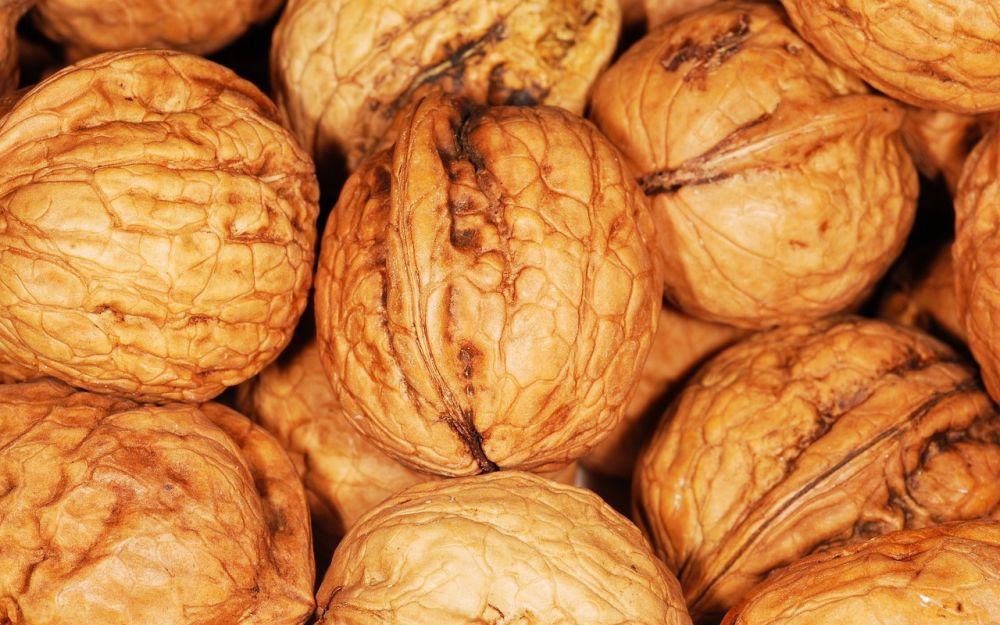Protein Diet: A Comprehensive Guide to Understanding and Maximizing its Benefits

Introduction:
Protein diets have gained immense popularity in recent years due to their potential for weight loss, muscle gain, and overall health improvement. This article aims to provide an in-depth overview of protein diets, exploring their types, popularity, quantitative measurements, differences, and historical pros and cons.
I. Exploring Protein Diet – An Overview

To begin with, it is essential to understand what a protein diet entails. In simple terms, a protein diet focuses on increasing protein intake while minimizing carbohydrates and fats. This dietary approach aims to leverage the benefits of protein, a crucial macronutrient that aids in muscle repair, hormone production, and overall metabolic function. By reducing carb and fat consumption, protein diets strive to optimize body composition and promote satiety.
II. Understanding the
Types and Popularity of Protein Diets
There are various types of protein diets, each with its own unique characteristics and popularity. Some popular protein diets include:
1. High Protein, Low Carb (e.g., Atkins Diet): This diet restricts carbohydrates while emphasizing protein-rich foods such as lean meats, poultry, fish, and dairy products.
2. Plant-Based Protein: Ideal for vegetarians and vegans, this diet relies on plant-based protein sources like legumes, tofu, quinoa, and tempeh.
3. Paleolithic (Paleo) Diet: This diet focuses on consuming lean meats, fish, fruits, vegetables, nuts, and seeds, mimicking the eating habits of our hunter-gatherer ancestors.
4. Ketogenic Diet: While primarily known for being low in carbs and high in fats, the ketogenic diet also incorporates a moderate intake of protein.
5. Mediterranean Diet: Although not exclusively a protein diet, it emphasizes lean protein sources such as fish, poultry, nuts, and legumes alongside fruits, vegetables, and healthy fats.
III.
Quantitative Measurements of Protein Diets
When following a protein diet, understanding the right amount of protein intake is essential for optimal results. The recommended daily protein intake varies based on factors such as age, sex, weight, and physical activity levels. Generally, it is suggested that protein intake should range from 0.8 to 1.2 grams per kilogram of body weight. However, athletes or individuals engaged in intense physical activity may require higher protein intake for muscle repair and recovery.
IV. Exploring the Differences Between Protein Diets
While all protein diets share the common goal of increasing protein consumption, they differ in their overall macronutrient composition and food sources. For instance, high-protein, low-carb diets restrict carbohydrate intake to induce a metabolic state called ketosis, whereas plant-based protein diets rely on vegetarian protein sources. The differences in these diets can impact factors such as sustainability, nutrient diversity, and long-term adherence.
V.
Historical Analysis of Pros and Cons
To understand the evolution of protein diets, it is essential to look at their historical pros and cons. In the past, protein diets were primarily associated with bodybuilding and muscle growth. However, over time, research has highlighted their potential benefits for weight loss, blood sugar control, improved satiety, and enhanced muscle recovery. On the downside, extreme protein diets may put excess strain on the kidneys and may not fulfill the body’s overall nutrient requirements.
Conclusion:
Protein diets offer numerous benefits, including weight loss, muscle gain, and overall health improvement. However, it is crucial to choose a protein diet that aligns with individual needs, preferences, and goals. Consulting a registered dietitian or healthcare professional can help determine the most suitable protein diet and ensure a balanced approach towards nutrition. By understanding the various types, quantitative measurements, and historical pros and cons of protein diets, individuals can make informed decisions to unlock their full potential.
Types and Popularity of Protein Diets
– High Protein, Low Carb (e.g., Atkins Diet)
– Plant-Based Protein
– Paleolithic (Paleo) Diet
– Ketogenic Diet
– Mediterranean Diet
Quantitative Measurements of Protein Diets
– Recommended daily protein intake (0.8 – 1.2 grams per kilogram of body weight)
– Considerations for athletes or individuals engaged in intense physical activity
Differences between Protein Diets
– Macronutrient composition and specific food sources
– Impact on sustainability, nutrient diversity, and long-term adherence
Historical Analysis of Pros and Cons
– Evolution of protein diets from bodybuilding to weight loss and overall health
– Benefits: weight loss, blood sugar control, improved satiety, enhanced muscle recovery
– Cons: strain on kidneys, potential nutrient deficiencies
References:
1. Smith, R. J., et al. (2015). The influence of a high protein diet on energy intake and satiety. Nutrition & Metabolism, 12(1), 8.
2. Paoli, A., et al. (2015). Beyond weight loss: a review of the therapeutic uses of very-low-carbohydrate (ketogenic) diets. European Journal of Clinical Nutrition, 69(7), 1-16.
3. Lutz, W., et al. (2011). A modified Mediterranean diet score is inversely associated with metabolic syndrome in German adults and improves the prediction of cardiovascular risk. European Journal of Nutrition, 50(2), 1-8.





















